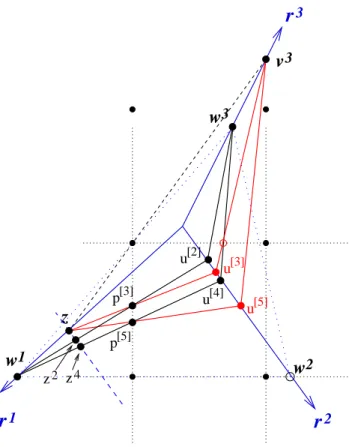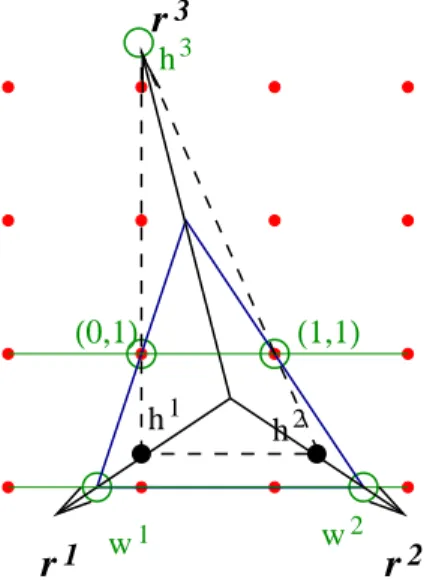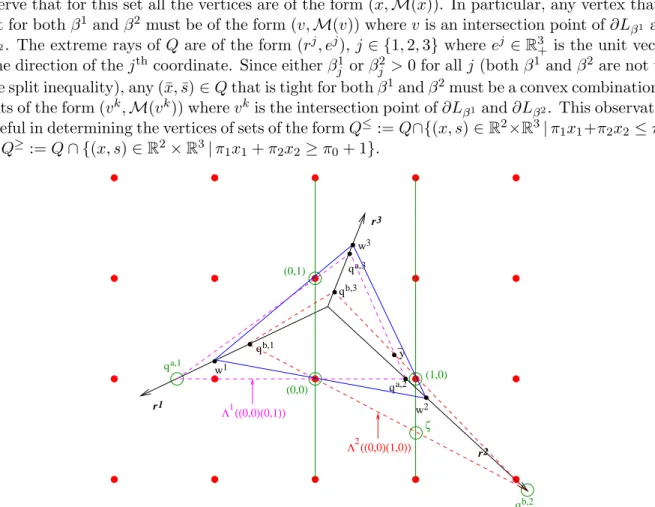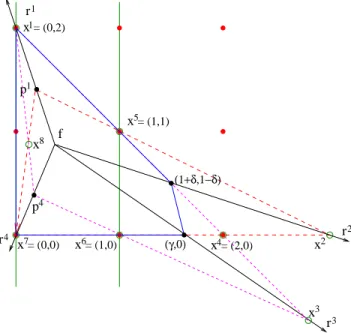Split rank of triangle and quadrilateral inequalities
Texte intégral
Figure

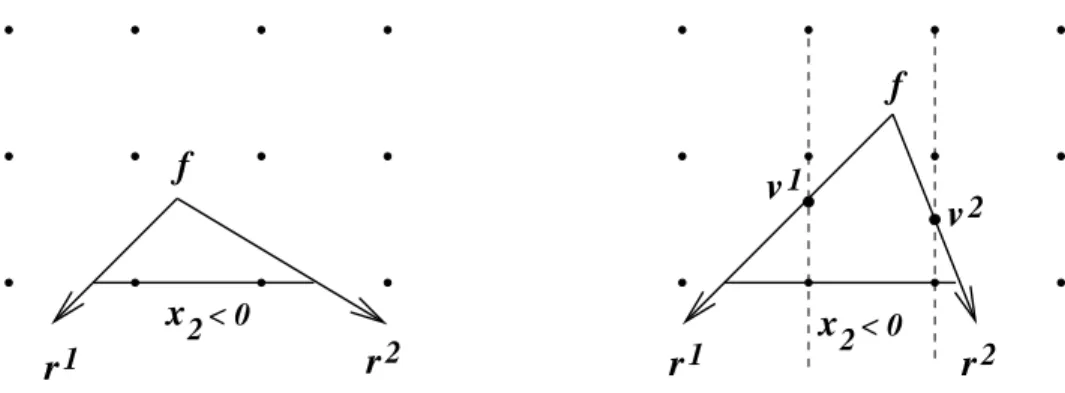
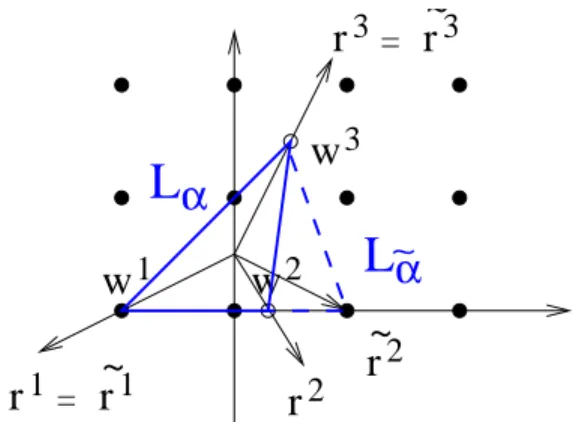
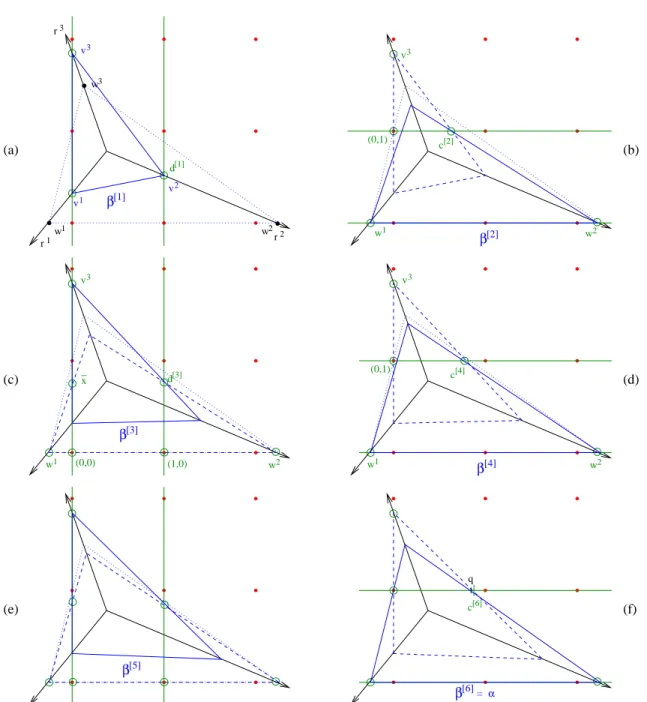
Documents relatifs
We define a partition of the set of integers k in the range [1, m−1] prime to m into two or three subsets, where one subset consists of those integers k which are < m/2,
In this paper, we will study the structure of commutative A-semi- groups, and eventually we shall have two important classes of commu- tative A-semigroups : quasicyclic groups
Toute utilisa- tion commerciale ou impression systématique est constitutive d’une in- fraction pénale.. Toute copie ou impression de ce fichier doit conte- nir la présente mention
Regarding the finite element solutions with the MINI-elements, although the order of convergence in pressure is analyzed to be O(h) by the standard error analysis, the
[39] presented a higher degree nonconforming elements on arbitrary quadrilateral meshes using nonparametric basis functions and additional nonconforming cell bubble
A new class of nonparametric nonconforming quadrilateral finite elements is introduced which has the midpoint continuity and the mean value continuity at the interfaces of
In this work, we extended the local projection stabilization for the Navier-Stokes discretization with equal- order bilinear finite elements to anisotropic quadrilateral meshes..
Cyclic quadrilateral ABCD, its segments, and associated sym- metric and asymmetric quadrilaterals ABEC and ABCF ; the points E and F are obtained from B by symmetry with respect to

![Figure 7: Phase 1 convergence proof 3. If ˜q 1 [2j+2] < w¯ 1 2 , then q [2j+2] := ˜q [2j+2]](https://thumb-eu.123doks.com/thumbv2/123doknet/6119594.155834/33.918.261.683.113.331/figure-phase-convergence-proof-q-j-lt-w.webp)
